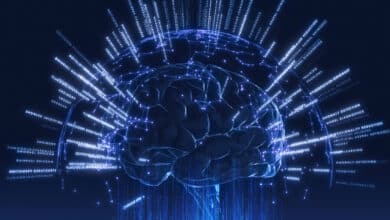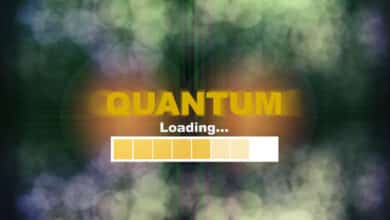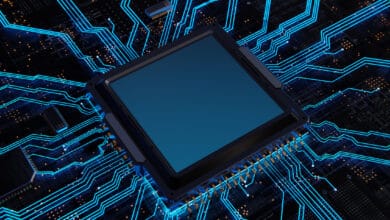All Quantum Computing Posts
-
Quantum Computing
Glossary of Quantum Computing Terms
Glossary of Quantum Computing, Quantum Networks, Quantum Mechanics, and Quantum Physics Terms for Cybersecurity Professionals.
Read More » -
Quantum Computing
Lattice Surgery
Quantum computing promises to solve complex problems far beyond the reach of classical machines, but today's quantum hardware is plagued by short-lived qubits and error rates that make long computations infeasible. Quantum error correction (QEC) is essential to stabilize qubits and enable fault-tolerant quantum computing. One of the leading QEC approaches is the surface code, a topological error-correcting code known for its high error threshold…
Read More » -
Post-Quantum, PQC, Quantum Security
Adiabatic Quantum Computing (AQC) and Impact on Cyber
Adiabatic Quantum Computing (AQC), and its variant Quantum Annealing, are another model for quantum computation. It's a specialized subset of quantum computing focused on solving optimization problems by finding the minimum (or maximum) of a given function over a set of possible solutions. For problems that can be presented as optimization problems, such as 3-SAT problem, quantum database search problem, and yes, the factoring problem…
Read More » -
Quantum Computing
Routing Quantum Information: SWAP, iSWAP, and Moving Qubit States
Quantum computers face a unique challenge in moving quantum information between qubits. Unlike classical bits that can be shuttled freely along wires, qubits cannot be arbitrarily copied or moved due to the no-cloning theorem. To route a qubit’s state from one location to another, one must use quantum operations that effectively reposition the state without making a separate copy. This is especially critical in architectures…
Read More » -
Quantum Computing
Surface Code Quantum Error Correction
Quantum error correction (QEC) is indispensable for building large-scale fault-tolerant quantum computers. Even today’s best qubits suffer error rates that would quickly corrupt any long calculation if left uncorrected. The principle of QEC is to encode a single logical qubit into multiple physical qubits such that errors can be detected and fixed without measuring the actual quantum data. Among many QEC codes, the surface code…
Read More » -
Quantum Computing
Quantum Supremacy vs. Quantum Advantage
In the ever-accelerating world of quantum computing, two terms have emerged as the darlings of headlines and conference keynotes: quantum supremacy and quantum advantage. If you've followed the news, you might think they're interchangeable buzzwords celebrating the dawn of a new computing era. But dig a little deeper, and you'll uncover a subtle yet spirited debate among the field's top minds - one that's as…
Read More » -
Quantum Computing
Early History of Quantum Computing
Since the early 2000s, the field of quantum computing has seen significant advancements, both in technological development and in commercialization efforts. The experimental demonstration of Shor's algorithm in 2001 proved to be one of the key catalyzing events, spurring increased interest and investment from both the public and private sectors.
Read More » -
Quantum Computing
The Controlled-NOT (CNOT) Gate in Quantum Computing
The CNOT gate is to quantum circuits what the XOR gate is to classical circuits: a basic building block for complex operations. By learning how the CNOT gate works and why it matters, cybersecurity experts can better appreciate how quantum computers process information, how they might break cryptography, and how they enable new secure protocols. This article provides an accessible yet rigorous overview of the…
Read More »







